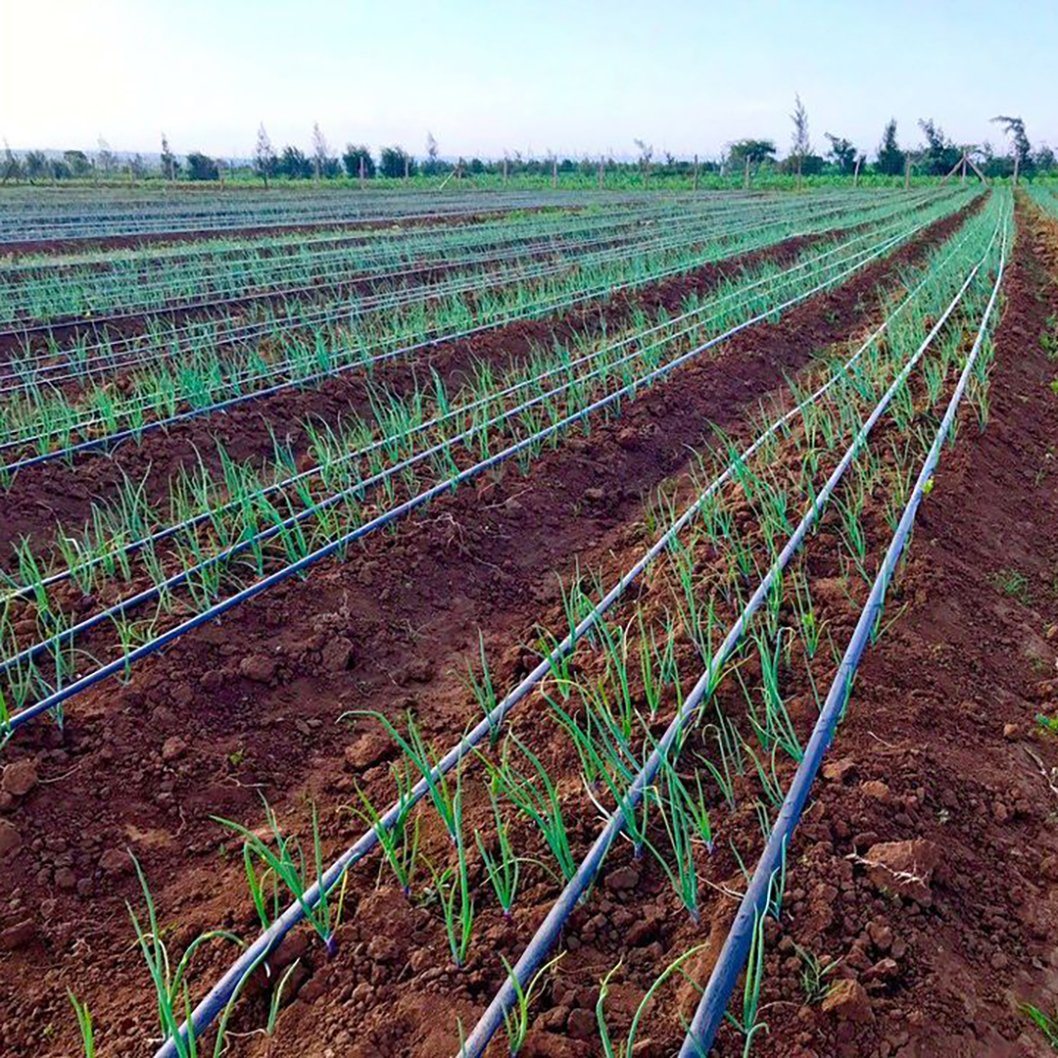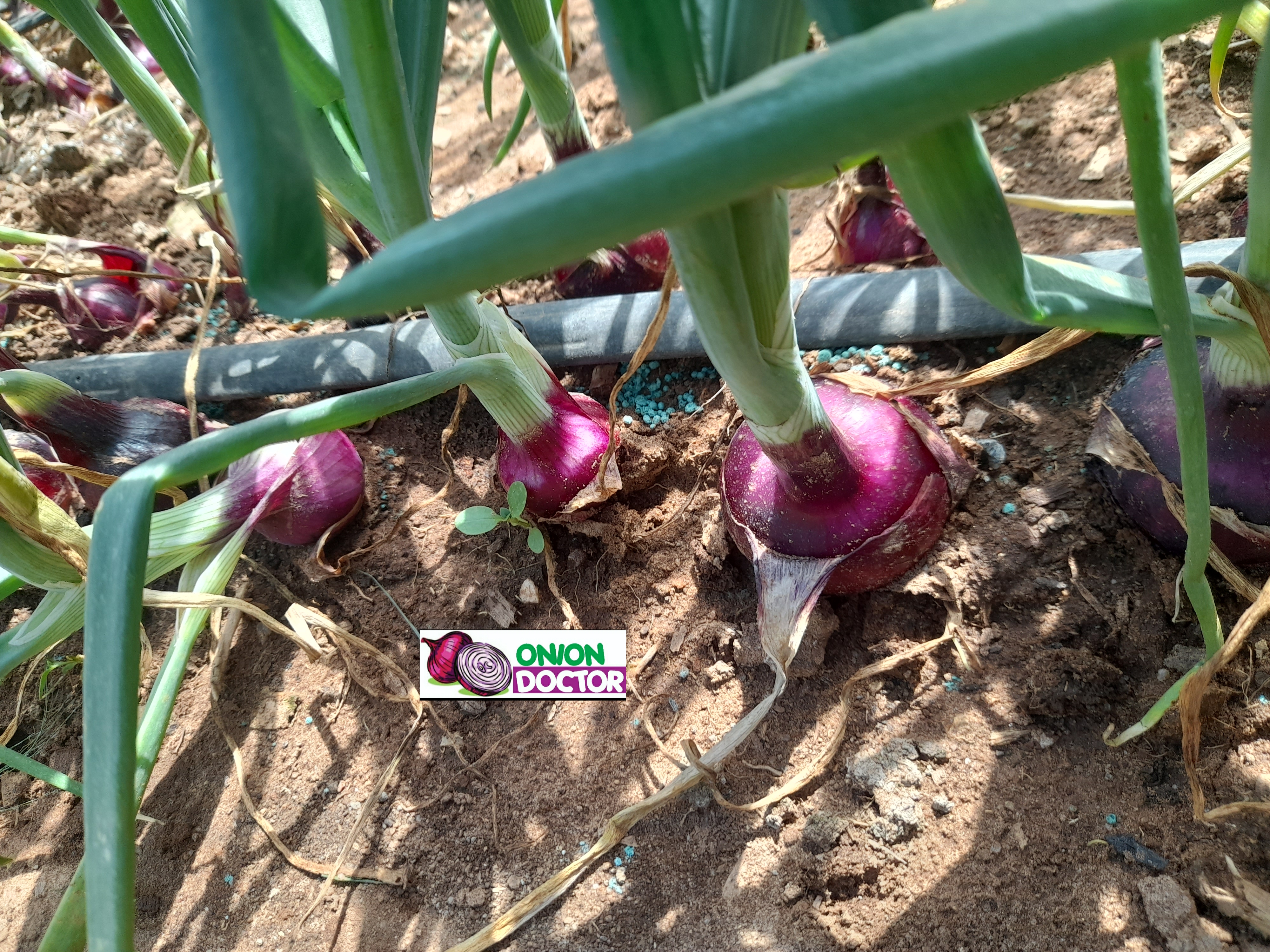Drip Irrigation in Onion Farming Guide.

Are you in need of in-depth knowledge on onion and garlic production? If yes, we are a call away. Our service chatter includes: Onion seedlings, Garlic seedlings, Farm planning services, Soil testing, Drip irrigation installation and maintenance, Agronomic support, Onion and Garlic value pack and Farm management. For free consultation, placing orders or booking a visit with an agronomist, please contact us via Call or what’s app +254703982228, Email: Info@oniondoctor.co.ke.
Drip irrigation is an efficient and effective method of irrigation for onion farming in Kenya. It helps to conserve water, reduce weed growth, and minimize the risk of diseases associated with overwatering. Here's a beginner's guide to implementing drip irrigation for onion farming in Kenya:
Why onion farming using drip irrigation is the best.
What to consider when designing Drip irrigation system in onion farming.
Components of a Drip System.
Drip Installation and Maintenance.
Prepare the Field: Clear the field of any debris or rocks that could interfere with the proper functioning of the drip system. Level the field if necessary, as this ensures even water distribution.
Install the Drip System: Lay the drip tape or drip line along the rows where you'll be planting the onions. Secure it with stakes or bury it slightly to keep it in place. Install emitters near each onion plant, ensuring the appropriate spacing based on your crop's needs
Test the System: Before planting, run the drip system to check for any leaks, clogs, or pressure issues. Fix any problems that you encounter.
Planting and Mulching: Plant the onion seedlings or sets at the specified spacing along the drip tape. Applying a layer of organic mulch can help retain moisture and reduce weed growth.
Irrigation Schedule: Set up an appropriate irrigation schedule based on the water needs of onions. In the beginning, frequent watering may be needed until the onion plants establish their root systems. As they mature, reduce the frequency of irrigation, but ensure sufficient water supply to support bulb development.
Regular Maintenance: Inspect the system regularly for any issues, and clean the filters to prevent clogging. Also, check the emitters and replace any damaged ones.
Onion Doctor offers Drip Irrigation kit and installation services at a very competitive price. Our prices are as follows:
1Acre=ksh. 170,000.
1/2 Acre=ksh. 85,000.
1/4 Acre= ksh. 43,000.
1/8 Acre=ksh. 22,000.
3 driplines/bed.
Onion Doctor supports small holder farmers across Africa with quality and affordable Onion and Garlic seedlings, Onion seedlings, Farm planning services, Soil testing, Drip irrigation installation and maintenance, Agronomic support, Onion and Garlic value pack, Farm management, E-extension and on-farm training for farmers to optimize on yields and get maximum profits.

